Managing your blood pressure can reduce your risk of heart disease and stroke.
Editor Jane Garton discovers how to tweak your lifestyle to keep yours in check.
Around 7 million of us have high blood pressure in the UK which increases the risk of stroke and heart attack. So, it is important to keep a regular check on yours and to take steps to keep it at a healthy level. There is no doubt that what you eat and drink can have a big effect on your BP: generally the healthier your dietary and lifestyle habits are, the lower your blood pressure will be.
Here are some top tips on how to take control of your blood pressure.
Ditch the salt
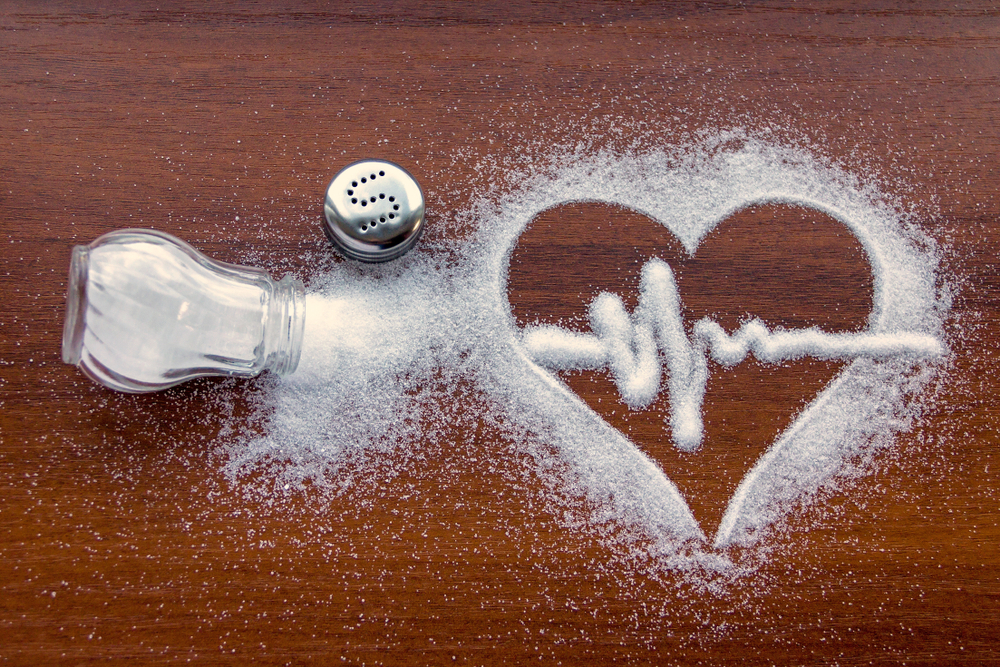
Salt (scientifically known as sodium chloride) holds on to water in your cells, which can lead to high blood pressure. According to the Department of Health, adults should eat no more than 6g of salt a day – that’s around one teaspoon – to help maintain a healthy blood pressure. Yet the average consumption in the UK is about 8.6 grams, with many of us actually eating more than this.
So, try and keep the salt cellar off the table and reduce salt in your cooking. Instead season your food with lemon, herbs and spices. Steer clear too of processed foods like bread, biscuits, prepared meals and takeaways, many of which often have a high salt content.
Balance your nutrients
It is important to get the right balance of nutrients in your daily diet. This means less sodium and more potassium, magnesium, calcium and omega 3s.
Potassium
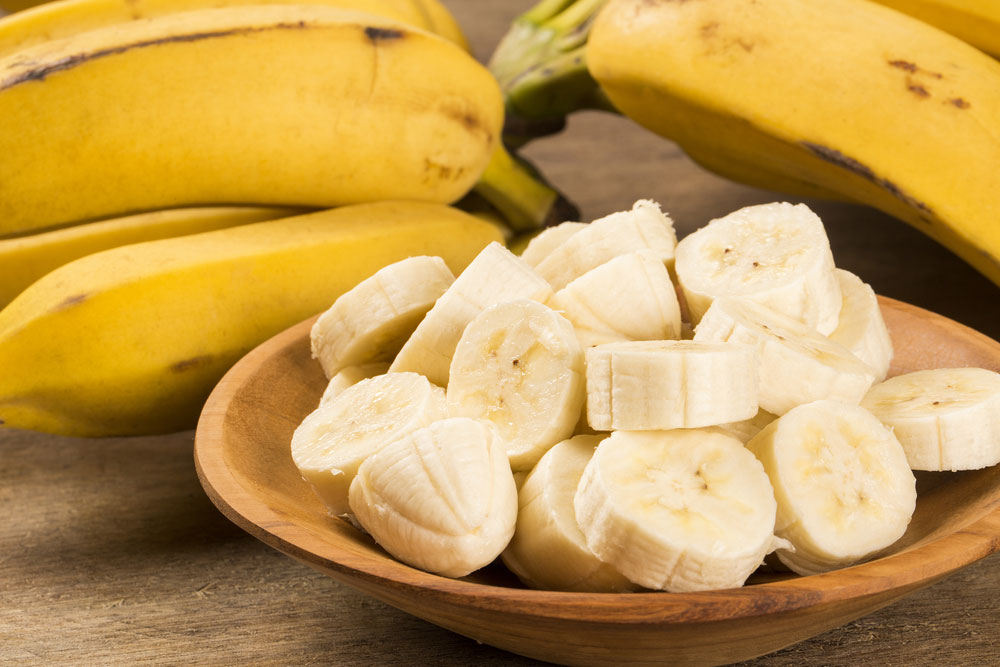
Potassium can blunt the effect of salt on blood pressure and fruits and vegetables are packed with it. Bananas, grapefruit, oranges, tomatoes, green leafy veg are particularly rich in potassium.
Calcium

Low-fat dairy products are rich in calcium, a nutrient that is thought to help lower blood pressure, so make sure to include them in your diet.
Magnesium
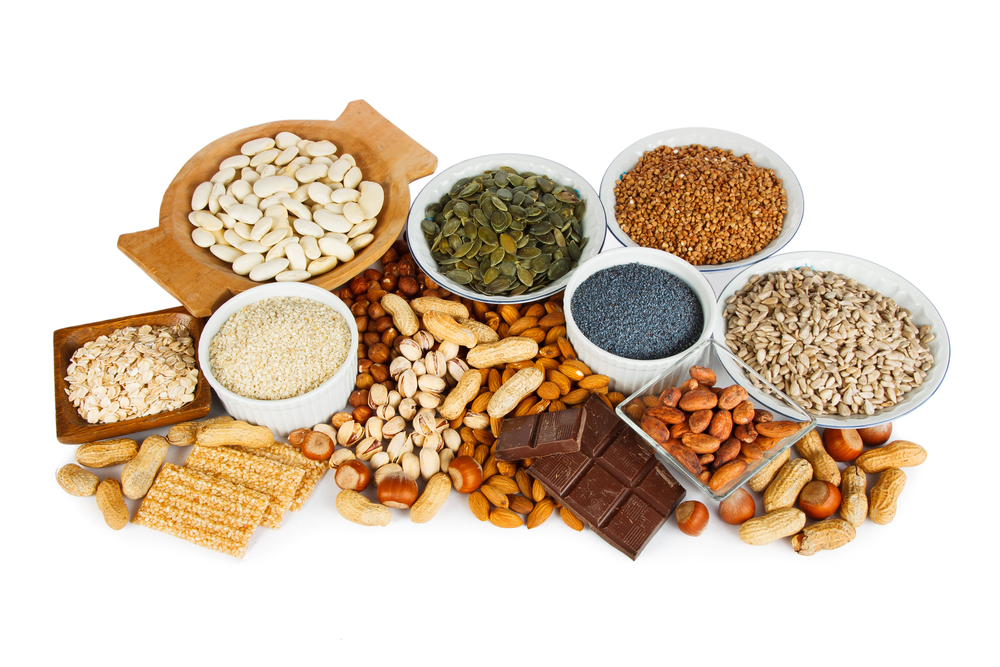
Beans, split peas, lentils, nuts and wholegrains are a good source of magnesium. Eat porridge or muesli for breakfast, snack on a handful of nuts and include pulses into your casseroles and soups.
Omega 3 fats
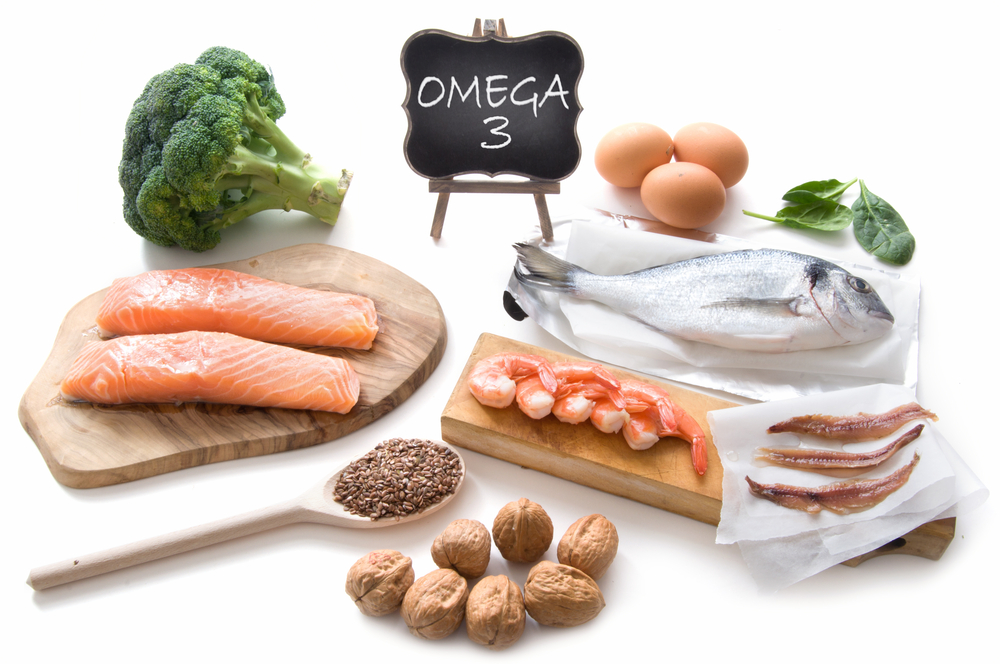
Omega 3s are found in oily fish, walnuts, flaxseeds and chia seeds. They help to relax the blood vessel walls so they can expand as blood pushes through.
Watch alcohol intake
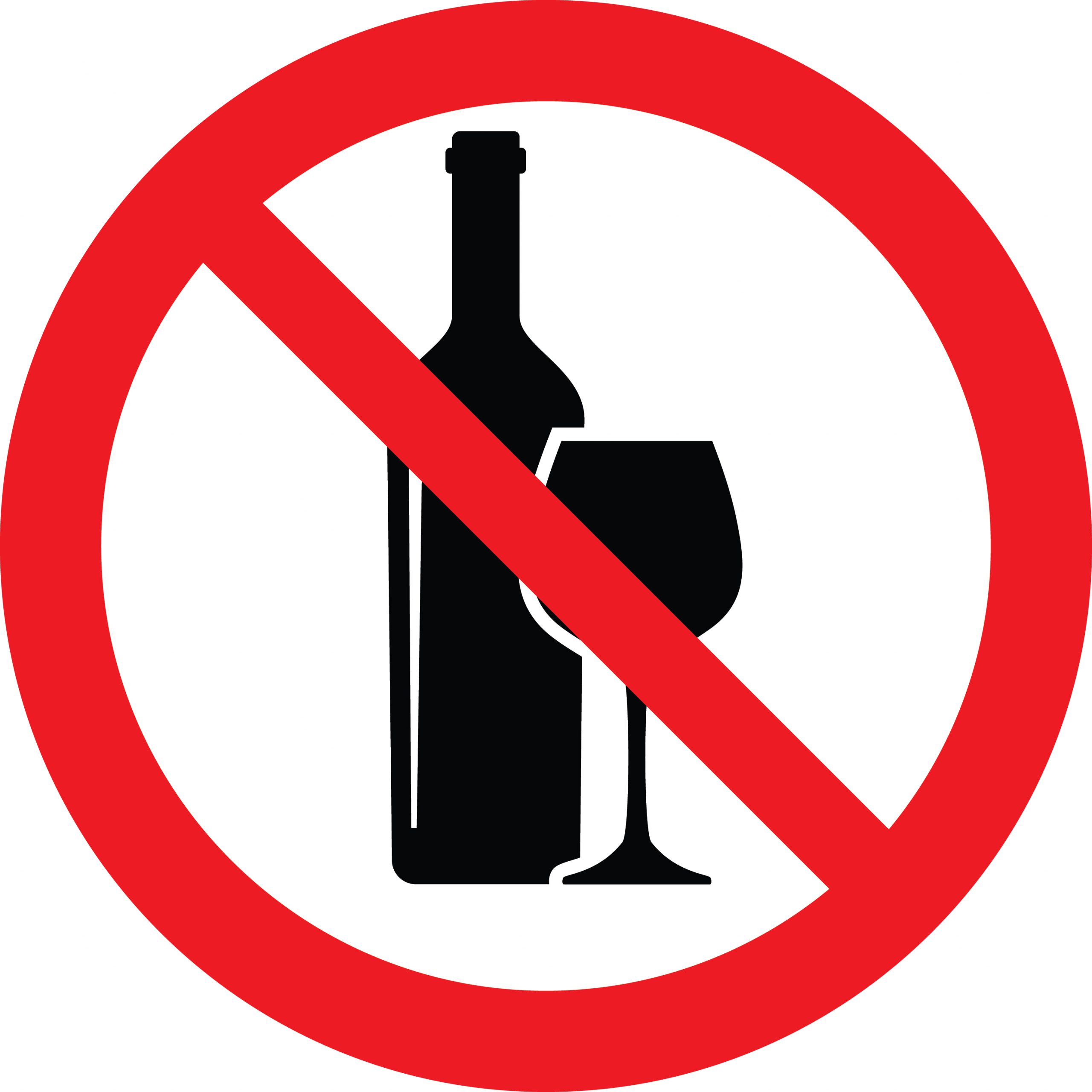
Although a glass of red a day has been linked to better heart health, overdoing the booze can lead to a rapid surge in BP. Aim to keep intake to below the recommended limits of 14 units of alcohol a week for men and women.
Keep moving

Exercise is one of the best ways to keep a check on blood pressure levels. Aerobic activities such as walking, jogging, cycling, swimming, dancing, and even digging in the garden are all good options. Aim for 30 minutes 5 days a week.
Know your numbers
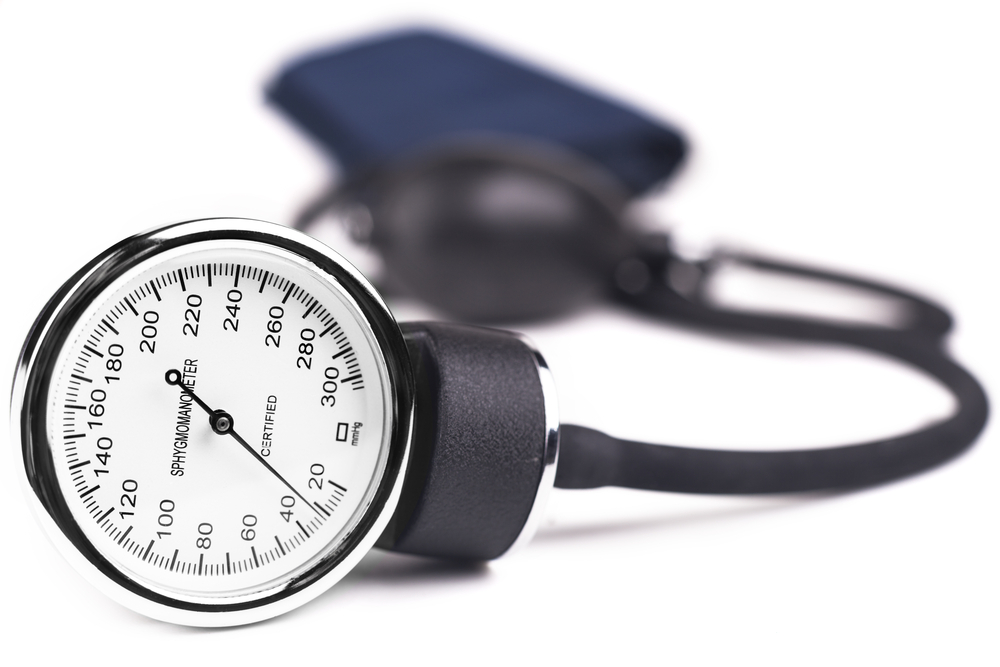
If you don’t know what your blood pressure is, book in with your nurse or GP to get it checked at your surgery or invest in a blood pressure monitor and measure yours at home. Aim for a reading of between 90/60mmHg and 120/80mmHg, which is considered ideal by Blood Pressure UK. If your numbers are consistently high it’s time to see your GP for advice on how to bring it down. For more tips on managing blood pressure visit the Blood Pressure UK website.

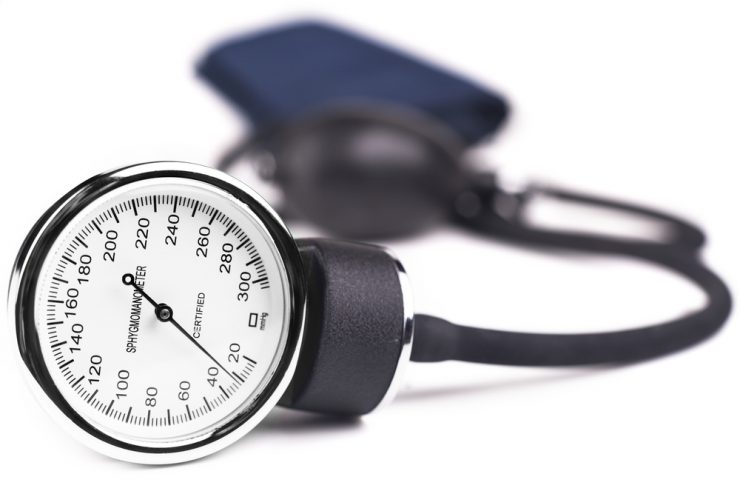




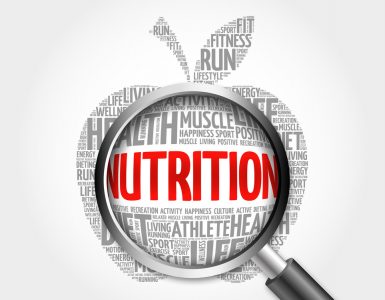

















Add comment